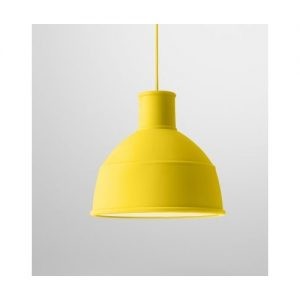There are many ways to create features in your home. A lot of people like to use paint or wallpaper, and there are those that prefer to use furniture and change their environment on a constant basis. There are of course different building materials in different finishes, and all sorts of cool shapes that architects can incorporate into your home.
The one thing that can complement all of these, or be a complete feature on its own, is light. The next time you’re looking through a magazine or website and see the prime real estate in Melbourne or Sydney, notice the lighting the architects or interior designers have incorporated.
Lighting is not simply on or off, natural or electric, nor is it just ambient or focused. It is all of these and more, and most of all, it is layered. Each source of lighting is useful on its own, but also needs to be considered in the greater scheme of the house and the other sources of light in the immediate area.
Built in lighting
Architects love lighting. If you are building a new home, consider the additional lighting options beyond what you need to see when it’s dark. The main types of built in accent lighting are cove, soffit, and valance.
Valance lighting is a source of light fixed to a wall, behind a flat sheet of material (a valance), that causes the light to be directed both above and below the fixture. Soffit lighting is what it sounds like – a light built into a soffit. It is directed downwards in an ambient fashion and illuminates the wall. The opposite would be cove lighting. Often recessed behind cupboards, ledges, or other fixtures, these lights radiate upwards, illuminating ceilings and walls. These indirect lighting methods are great for ambient lighting which does not create large amounts of glare or shadow.
Light features
A light feature could be a beautiful object, or it can be an object that creates beautiful lighting. Crystal chandeliers are great examples of a feature that does both. Of course not every situation calls for a crystal chandelier! If focused or direct lighting is what you’re after, perhaps in a kitchen or dining room, things like track lighting or recessed down lights can be understated, yet pleasing to the eye. If you want to create an aesthetic effect more than a lighting solution, consider options like wall sconces or floor lamps that create patterns with light.
In any lighting application, things to consider are power use, brightness, colour or mood, shadow and glare, and the materials the light will bounce off.

Sourced: www.raywhite.com.au
